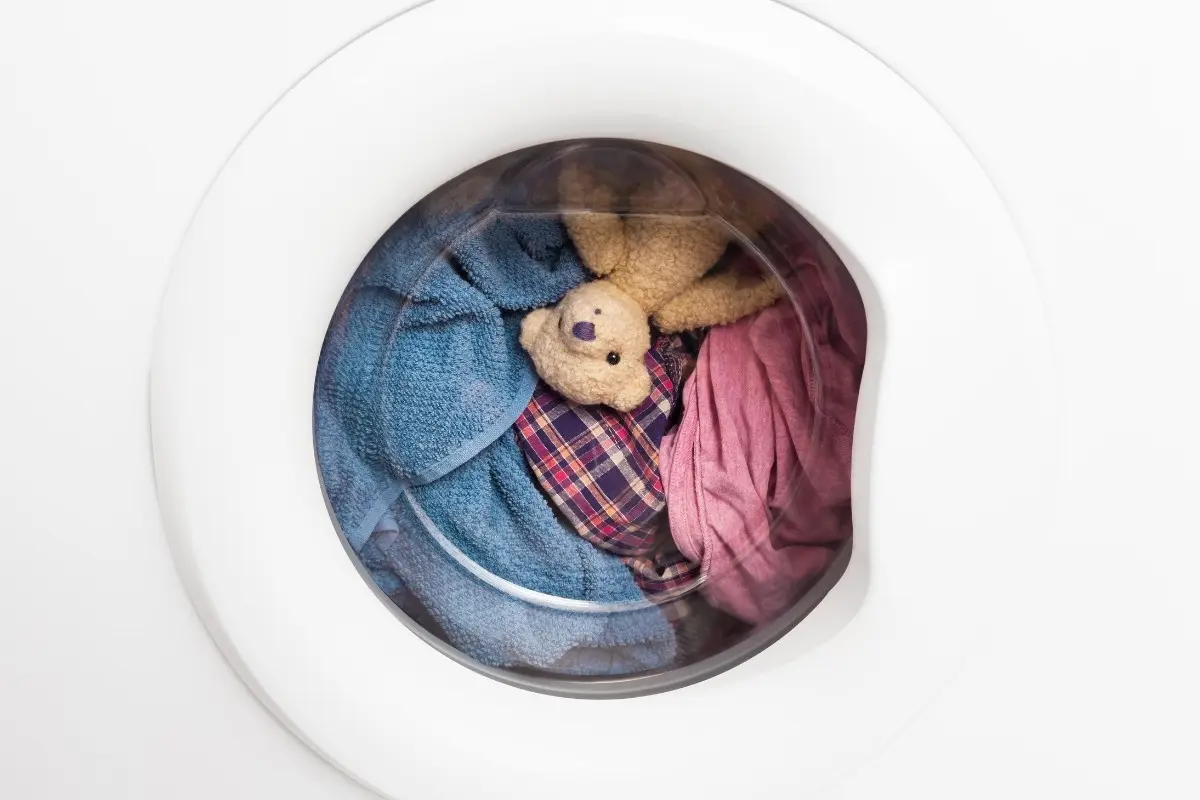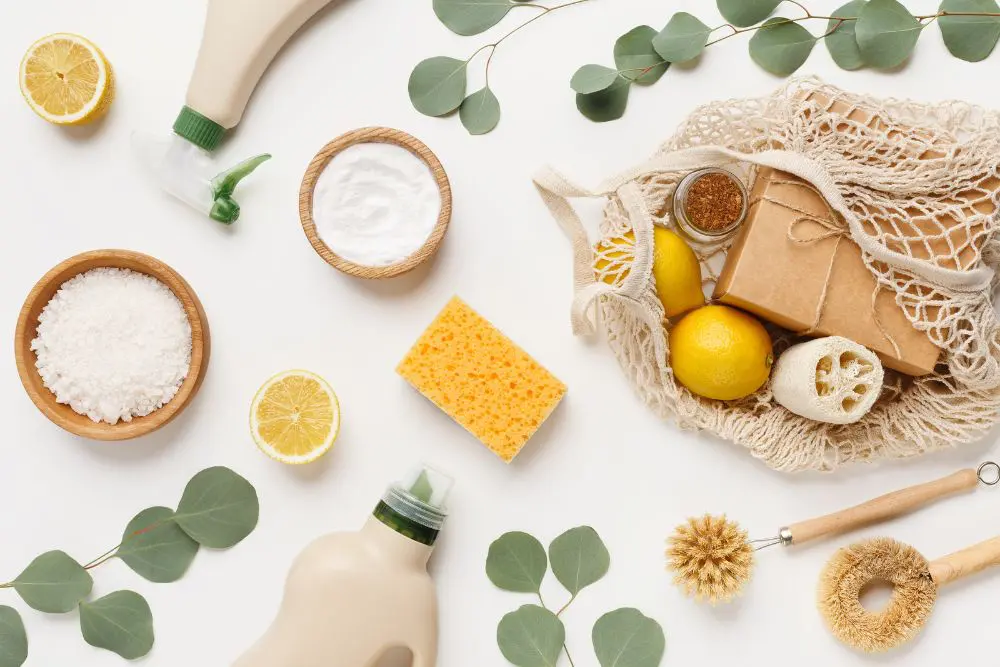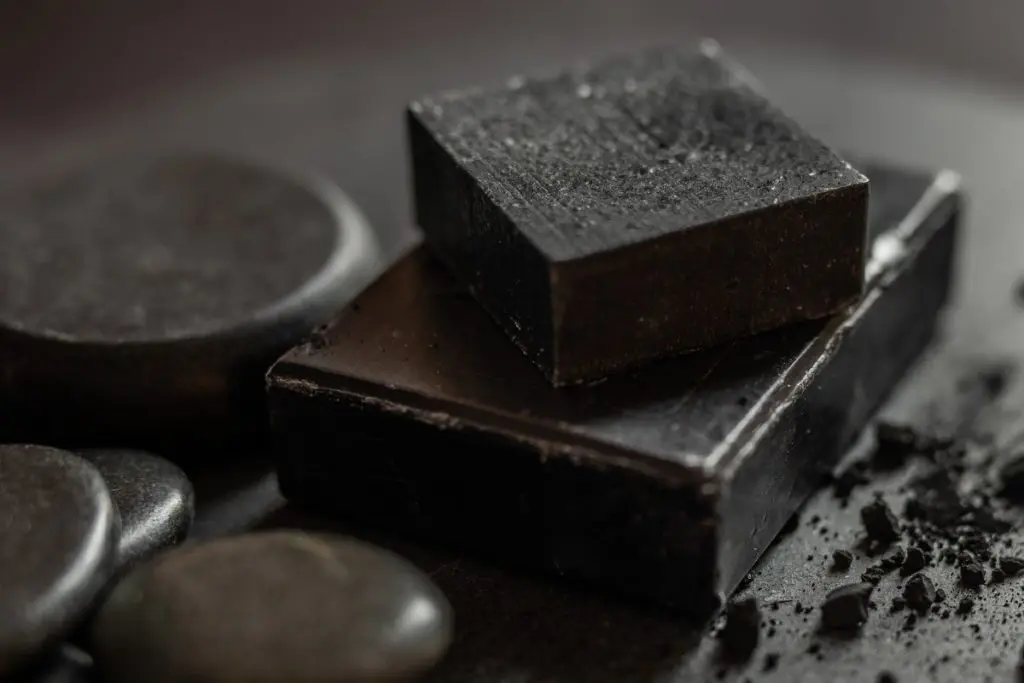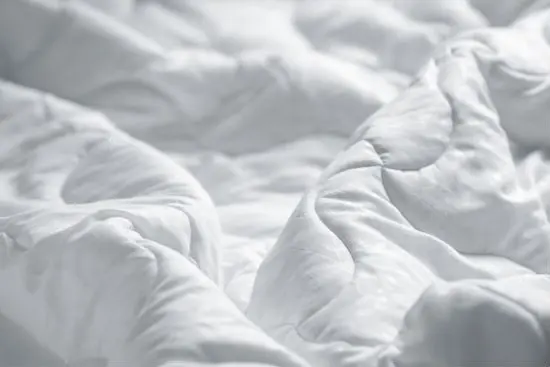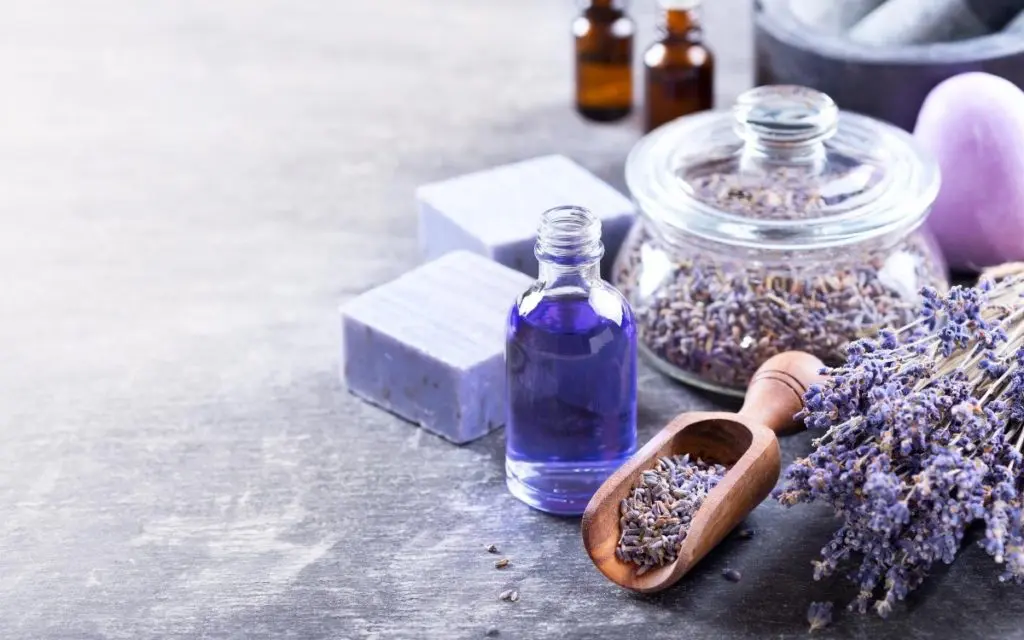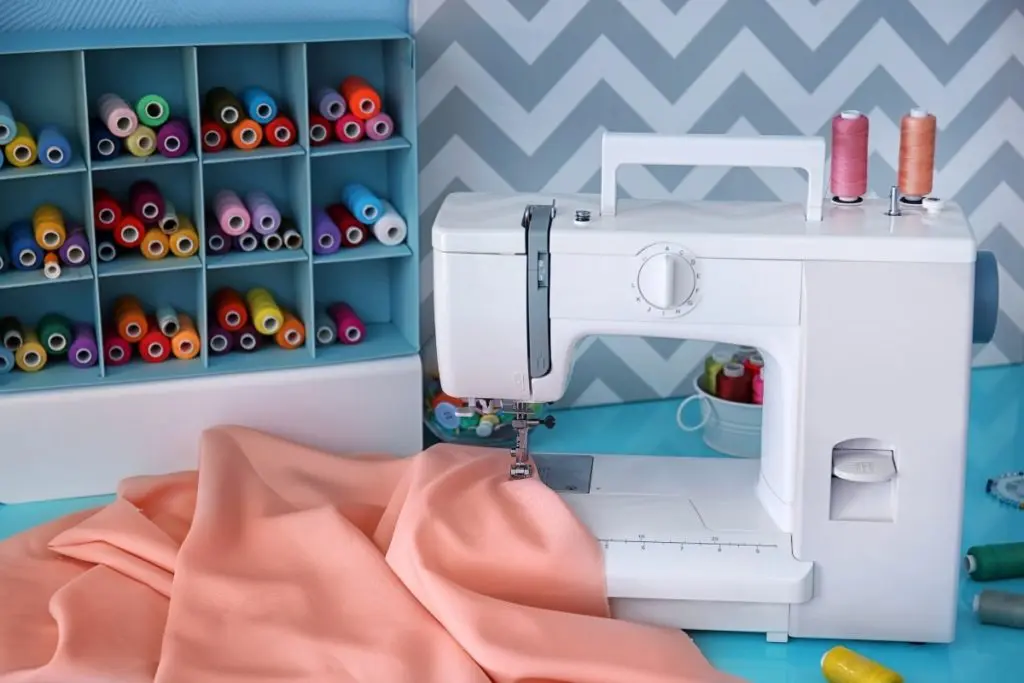They inspire our imaginations, serve as confidants and companions, and are always ready to be a partner in any adventure. Whose childhood would be complete without a beloved stuffed animal?
But stuffed toys are loved hard. Whether teddy has been dragged through the mud, dripped on, chewed, or simply snuggled for a few too many nights, the time will come when a good wash is suddenly non-negotiable.
So now you find yourself here, wondering… just how do you wash stuffed animals? Or even, can you wash stuffed animals? Whether you’re dealing with an exceptionally dirty stuffed toy, a large stuffed animal, or even a slightly fragile one, the good news is there’s almost always a way to get it a lot cleaner.
Let us show you how.
The ABC’s of How to Wash Stuffed Animals
A) If you’re looking for how to wash stuffed animals without ruining them, the first thing to do is: check the tag!
Of course, if a stuffed animal is particularly well-loved, sometimes the tag is long gone. But if it’s managed to survive, the label can give you some vital information about the best way to proceed.
Many tags will have instructions about spot-cleaning or surface-cleaning. At the very least, you can usually glean some information about the materials to help determine if anything beyond a surface wash is a good idea. The tag will reassure you that this stuffie will survive a machine wash and/or dry in the best-case scenario.
B) Whichever washing method you use, always avoid using hot water or too much detergent. Never use fabric softener, which can gum up or damage synthetic fur. Also, never submerge into water stuffed animals that have any of the following characteristics:
- joints, metal parts, or wires
- any leather, wool, mohair, or real fur
- are stiff, overstuffed, or filled with foam beads or polystyrene foam
- any stuffed animal that requires batteries, has a “voice box,” circuitry, or any technological element that cannot get wet
C) Finally, if your stuffed animal is old, vintage, or so well-loved it’s beginning to disintegrate, we recommend you don’t attempt anything beyond a careful surface wash and/or a fabric refresher spray.
How to Surface-Wash Stuffed Animals
If you’re not quite sure how to proceed, start with a careful surface wash to see if you can achieve your desired results. Since stuffed animals are generally intended to be roughed up a bit, most are at least surface-washable.
- First, use a dry cloth or soft brush to dislodge any caked-on dirt or crusty bits. Then give the toy a good wipe-down with a damp cloth and a little plain water. Make sure to wipe thoroughly and in a circular motion, covering all angles of the fur or fuzz.
- Next, spot-clean any particularly dirty spots with a cloth and a mixture of warm water and a tiny amount of gentle detergent. You may want to do a spot test on the stuffed animal first if you’re worried soap might cause discoloration or damage.
- Now, it’s time for another plain water cloth “rinse,” to make sure you remove every last trace of detergent or residue. Then, one more pass with a dry cloth to absorb excess moisture before you move on to drying.
How to Wash Stuffed Animals by Hand
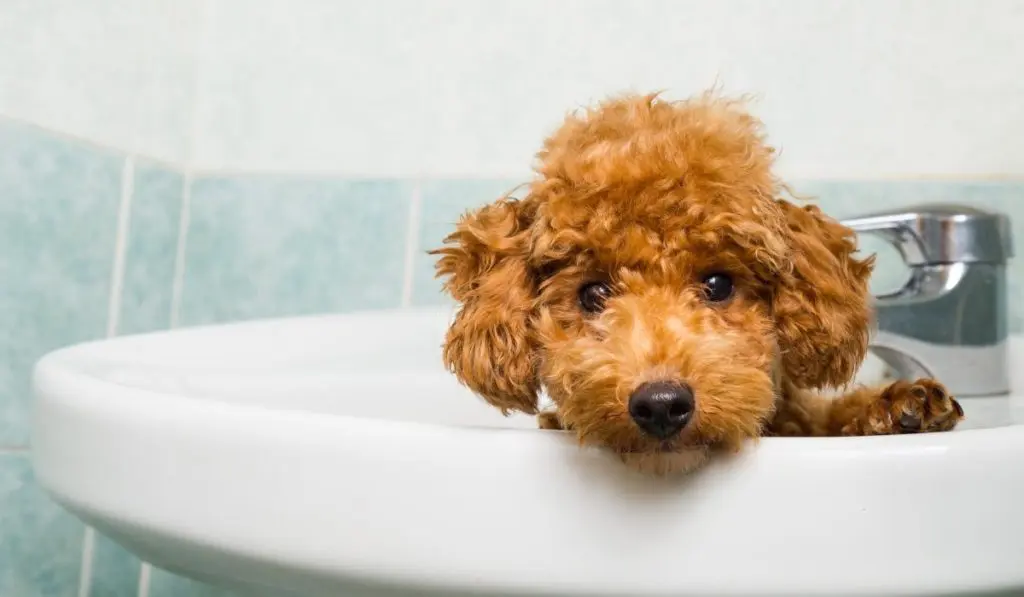
If a surface wash isn’t cutting it, but you still don’t want to chance the washing machine, you have an intermediate option.
- Fill a sink, tub, bucket, or another appropriately-sized container with a small amount of mild detergent and plenty of lukewarm water. It’s easy to over-do the detergent, so use less than you think you need — you can always add more later.
- Again, always use the gentlest detergent possible. Castile soap also works great, or even baby shampoo is an option. A general rule of thumb is to use about a teaspoon for each stuffed animal. If your toy is a lighter color, a laundry booster such as Oxyclean can brighten things. A little baking soda is also a gentle and effective booster.
- Now it’s time to use a little elbow grease. Plunge the stuffed animal into the soapy water a few times, using some rubbing and gentle force or agitation to saturate all the fur, and making sure that the toy is fully submerged.
- Let it soak a bit. Use your judgment depending on the level of dinginess — anywhere from 10 minutes to an hour.
- Drain the soapy water out of the sink or tub. After rinsing out the container, fill with fresh water and do a little more plunging, working out any trace of suds and repeating as necessary. You can also rinse a more rugged toy directly under the tap.
- Without wringing, gently press the water out of the toy, working section by section. Once you’ve squeezed out as much excess water as possible, give the stuffed animal a good burrito roll in a clean, dry towel. Use a second dry towel to repeat if necessary.
How to Machine Wash Stuffed Animals
If your tag tells you that your stuffed animal is machine-washable, hooray — it’s time for a little automated assistance.
- Give a good once over to the stuffed toy(s) and make sure there aren’t any loose threads or pieces you may be able to mend or sew on more firmly. This will increase teddy’s chances of making it out with all limbs attached.
- Remove any accessories from the toy, such as clothing or any other detachable bits.
- Brush off any particularly dirty surfaces, and/or pre-treat with a small amount of diluted detergent. If you’re dealing with a vomit or urine situation (sorry), gently dab any affected areas with a solution of one part white vinegar to two parts water and pre-soak for a few minutes.
- Put stuffed animals into a mesh laundry bag or a delicates washing bag. In a pinch, you can also use a pillowcase safety-pinned together at the top.
- Add the gentlest detergent you can find. We recommend a laundry soap intended for babies, or Woolite, or even a little Borax. Then use less than you usually would — only a teaspoon or so for each stuffed animal.
- Set your washing machine to the delicate cycle or the gentlest cycle possible. Always use a cold water wash.
- Pro tip: throw in some extra towels to help cushion the stuffed animals during the wash cycle.
- Once the washing completes, remove promptly.
How to Wash Large Stuffed Animals
Before we wrap up washing and move on to drying, let’s quickly take a look at a sub-topic that comes up frequently: what about the big ones? You know, the giant teddy, the carnival prize, or the stuffed animal that takes up half of the bed. The rules for washing this type of stuffed toy are generally the same, but here are a few ways in which this is a slightly different animal:
- Huge toys are generally more amenable to vacuuming. Lay the stuffed animal onto a sheet and sprinkle liberally with baking soda, working it into the fur. Let sit for a minimum of a few minutes, and then give the big guy a thorough vacuuming with an appropriate attachment. This should help remove odors and any surface dirt.
- Begin with a surface wash (see previous section) and see what you can achieve.
- If that’s not enough, most extra-large stuffed animals can’t fit in a washing machine, so a hand wash in the bathtub is your most likely course of action — that is, if you think teddy can withstand it. Giant toys vary in quality, so if you’re dealing with a cheaper one (such as a novelty or amusement park toy), stick with surface-washing.
- Lastly, extra-large stuffed animals are harder to get thoroughly dry, and they’re especially prone to molding and mildew, so make sure that the toy dries as quickly as possible.
How to Dry Your Stuffed Animal
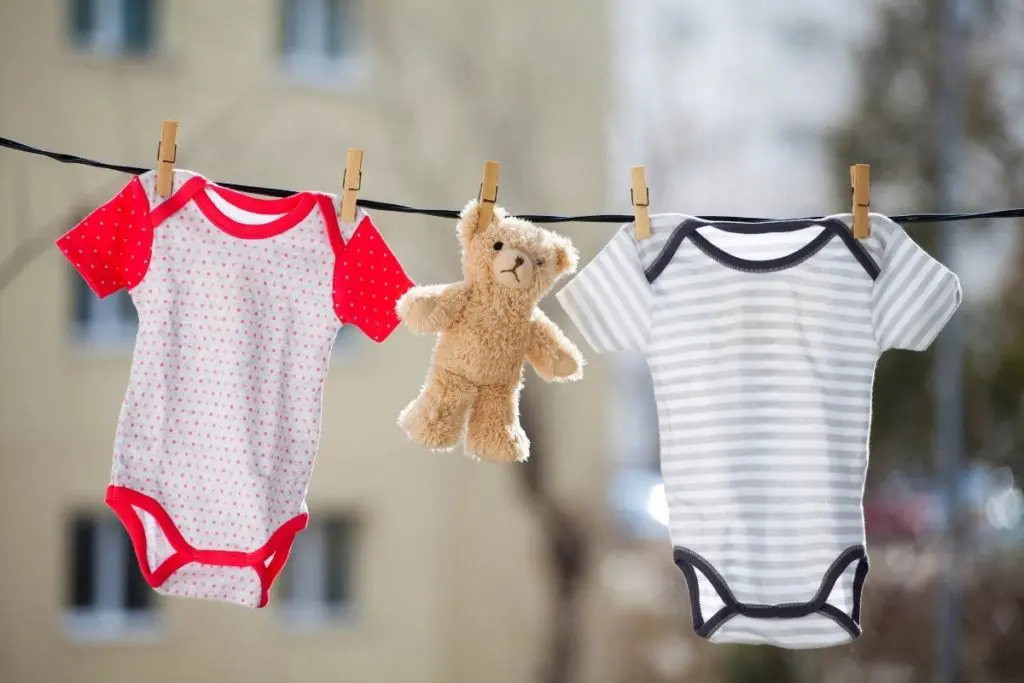
Now it’s time to dry your stuffed animal. How hard could that be, right? Except that synthetic materials can make getting stuffed toys dry enough, fast enough, a bit of a challenge. Stuffed animals can get mildewy if they take too long to dry, so make sure you’re using the most effective methods.
Machine Drying
If you’re lucky enough to be wrangling a heartier stuffed toy whose tag has instructed that machine washing and machine drying are okay, then lucky you — go ahead and throw that guy in the drier for a tumble or two… or three.
- Make sure to use the air-dry or no heat setting if you have one. Otherwise, use the lowest possible heat and the gentlest possible setting.
- Always use a mesh laundry bag or delicates bag to protect your stuffed animal(s) while drying. Never use high heat, and avoid using longer cycles.
- While it can be a little tedious, for safety’s sake, it’s essential to use a series of short, cooler repeated cycles (rather than one longer and warmer cycle) to get those little animals truly dry.
Air Drying
If you’re dealing with a more delicate specimen that would prefer a non-mechanical drying method, you’ve got a few options:
- If you were able to surface or spot clean your stuffed animal, there shouldn’t be so much moisture that you can’t get away with a simple air-dry somewhere that isn’t too humid.
- Say the stuffed animal has faux fur that got a little more saturated, you could try (weather permitting) clothesline drying, a windowsill, or even a breezy spot on a blanket outside.
- Using a fan or a dehumidifier to help the process along also works well. Simply set the stuffed animal on a towel a small distance from the dehumidifier or fan. Check often, rotating to ensure even drying.
- A hairdryer on a no- or low-heat setting can help the process along, and some kids are delighted to help their stuffed animal enjoy a day at the salon.
Voila! Now you have a clean, fresh, and fluffy buddy, ready to rejoin its human companion.
Further Reading
